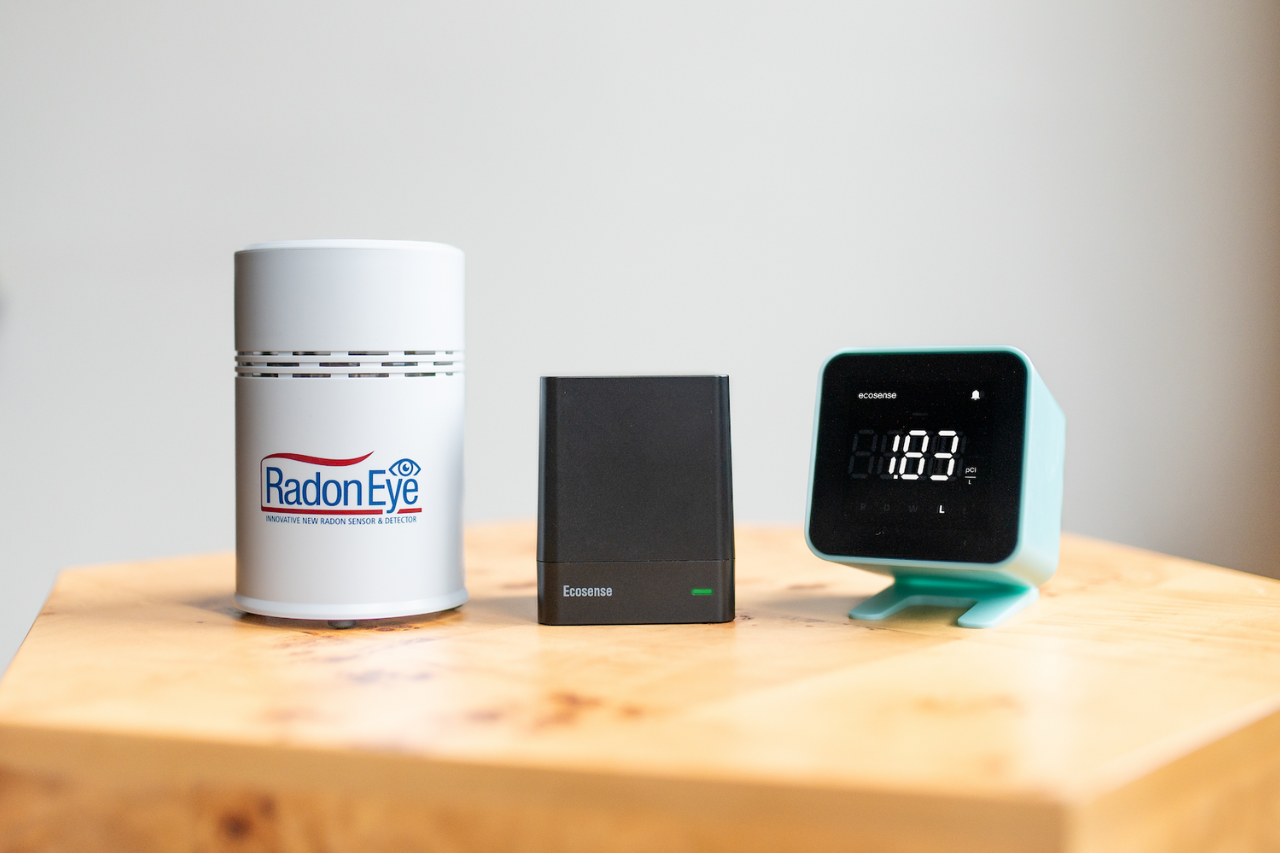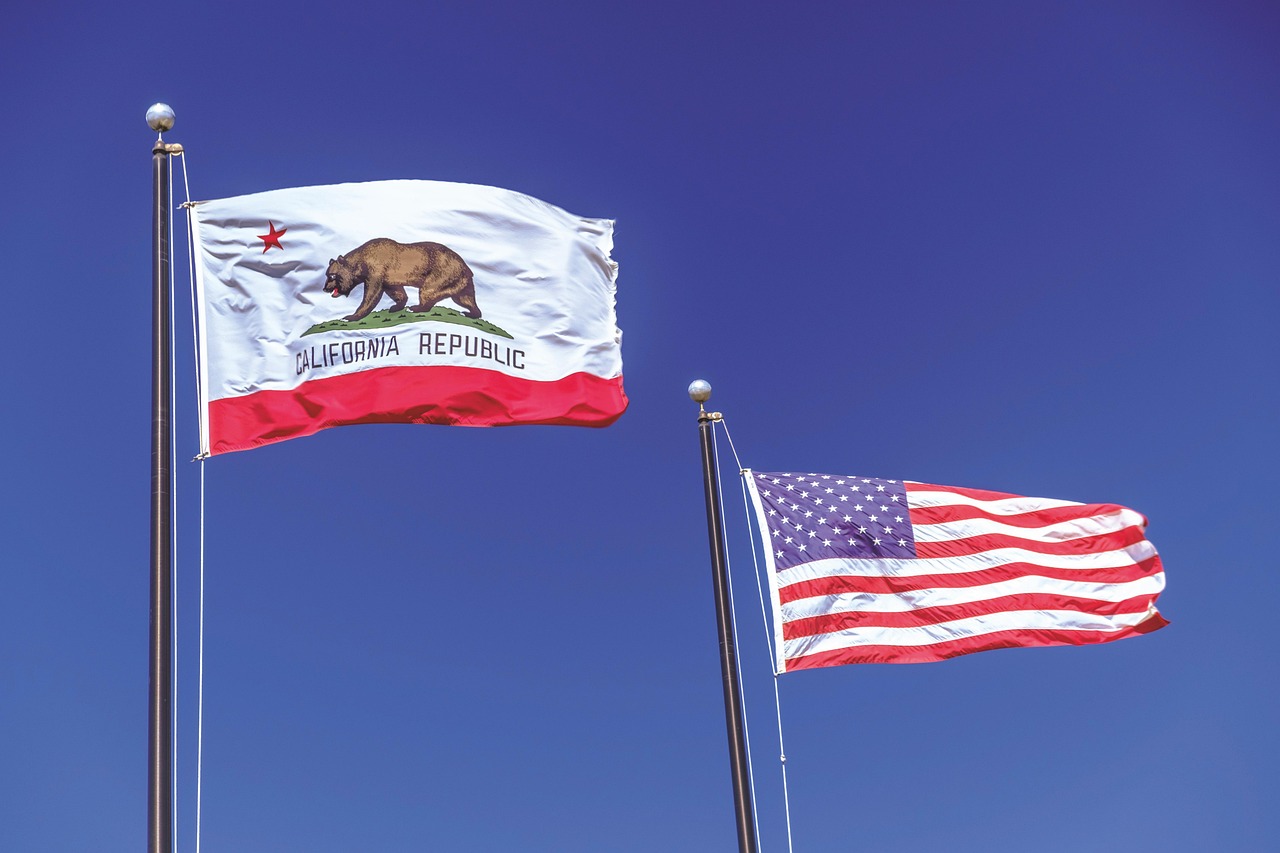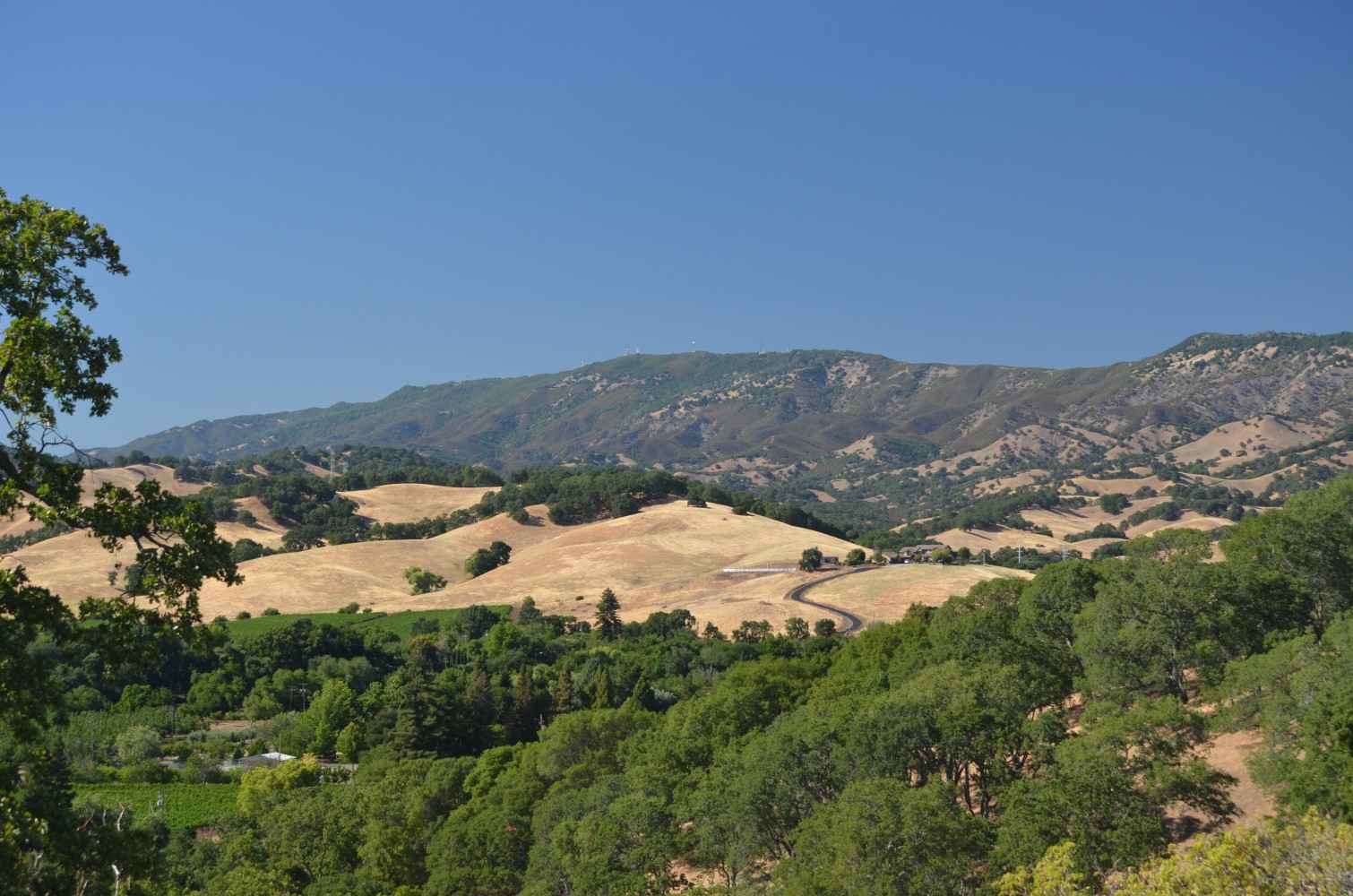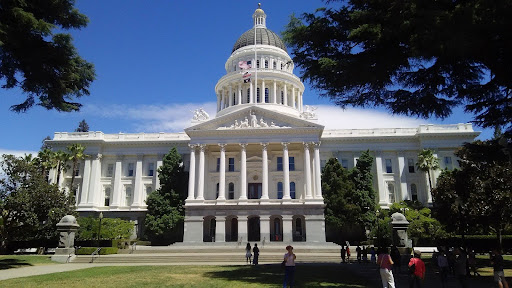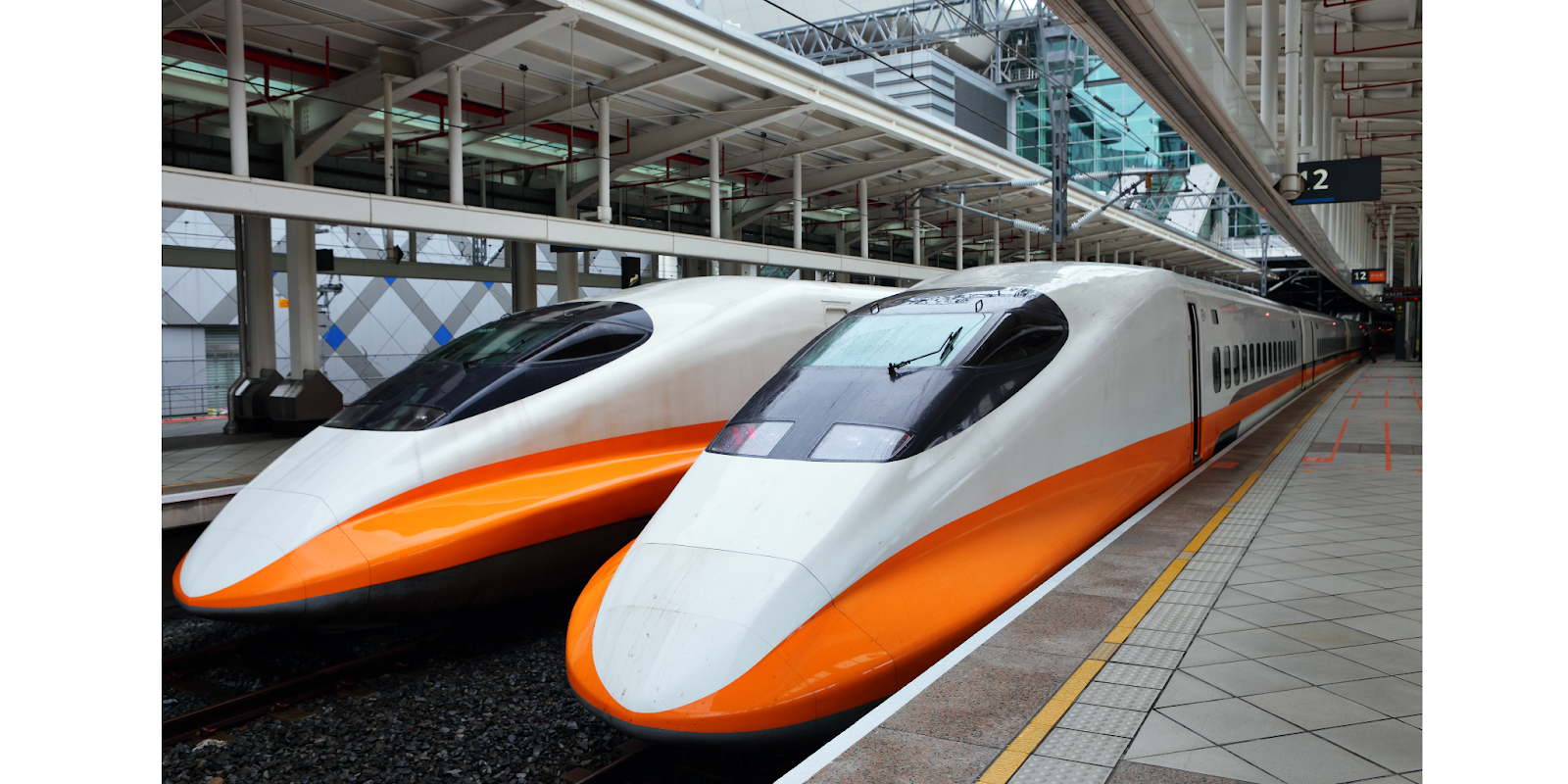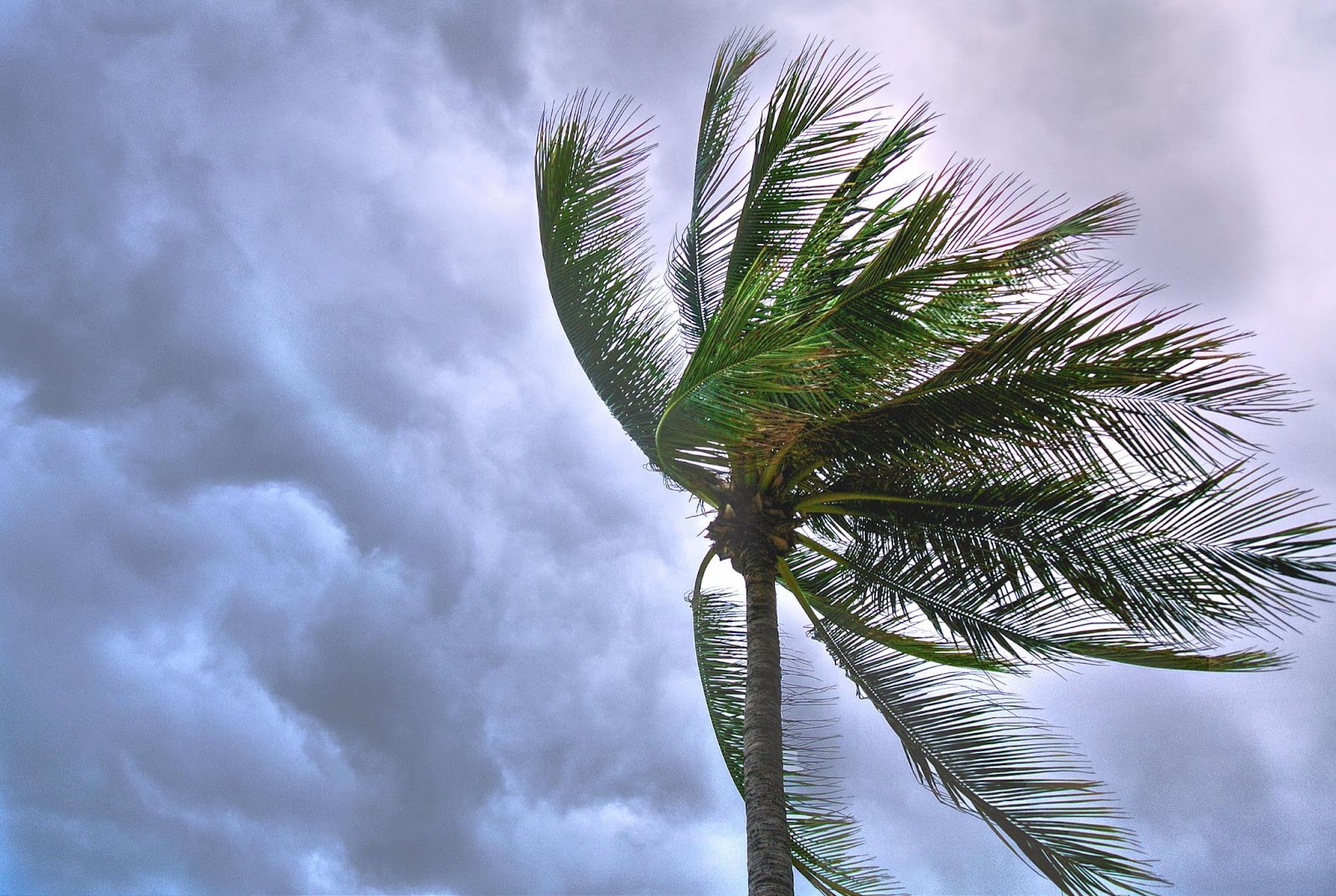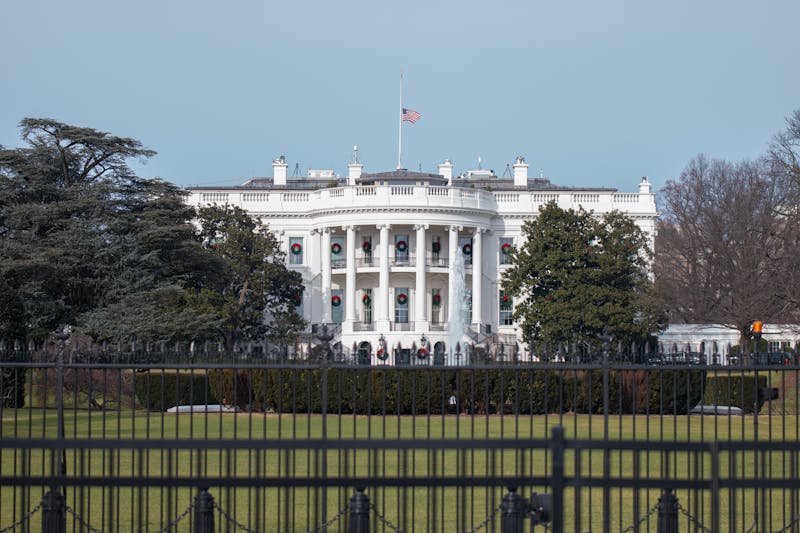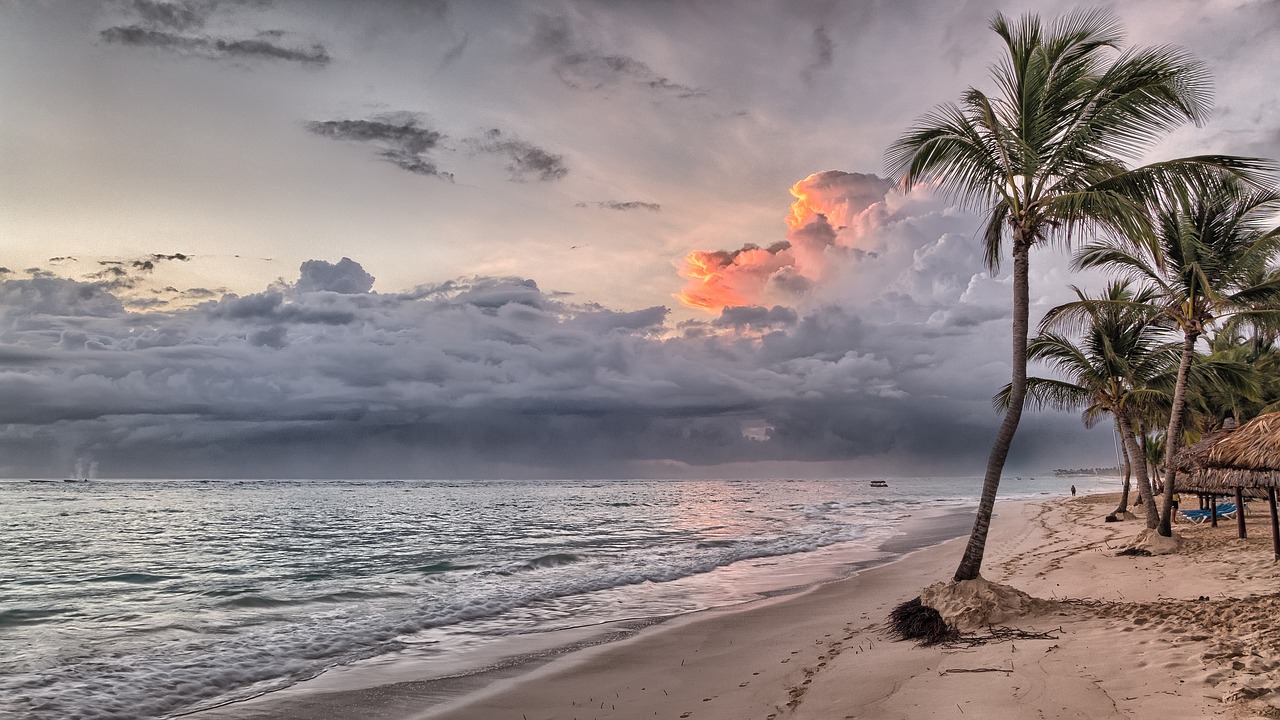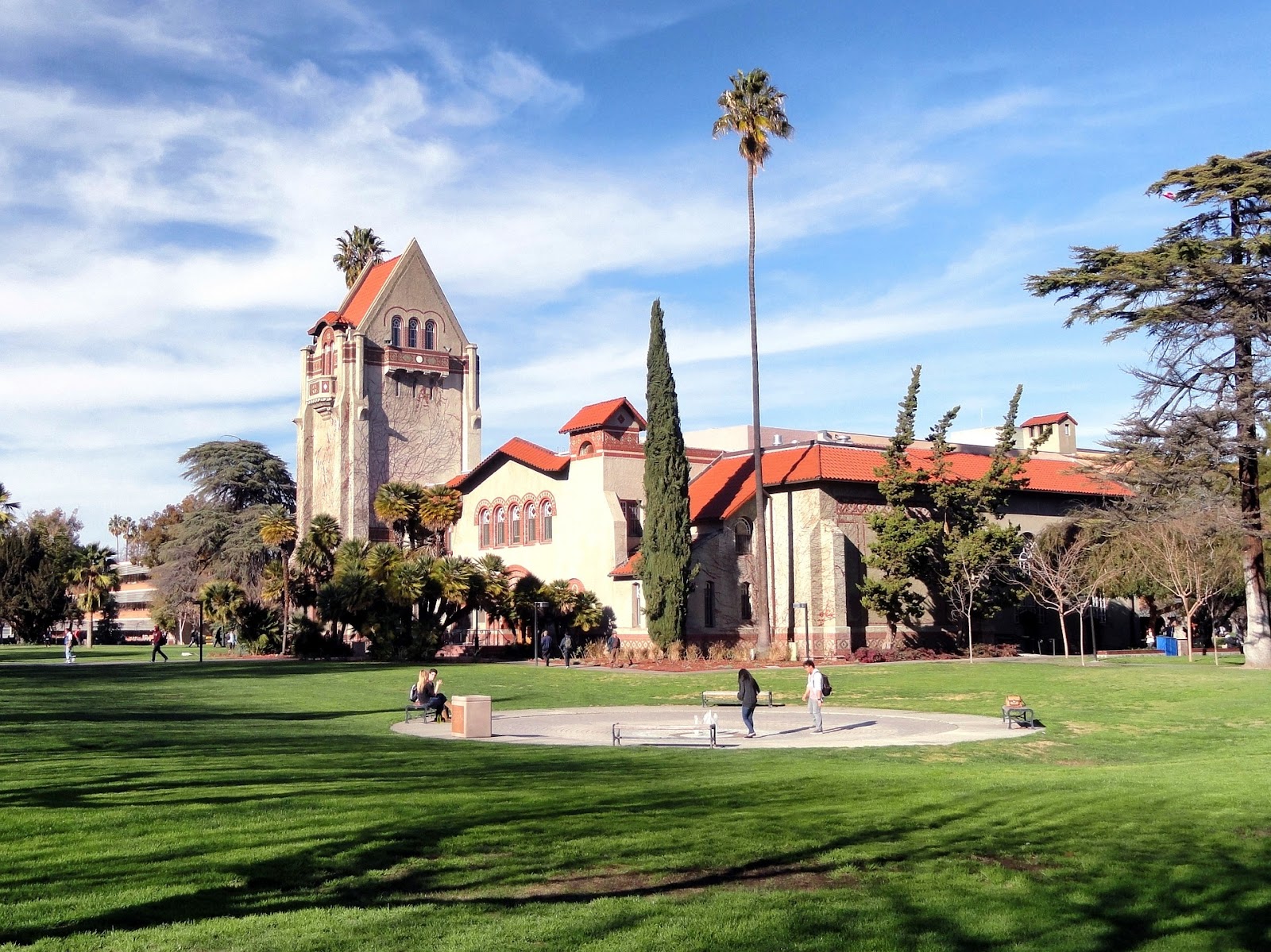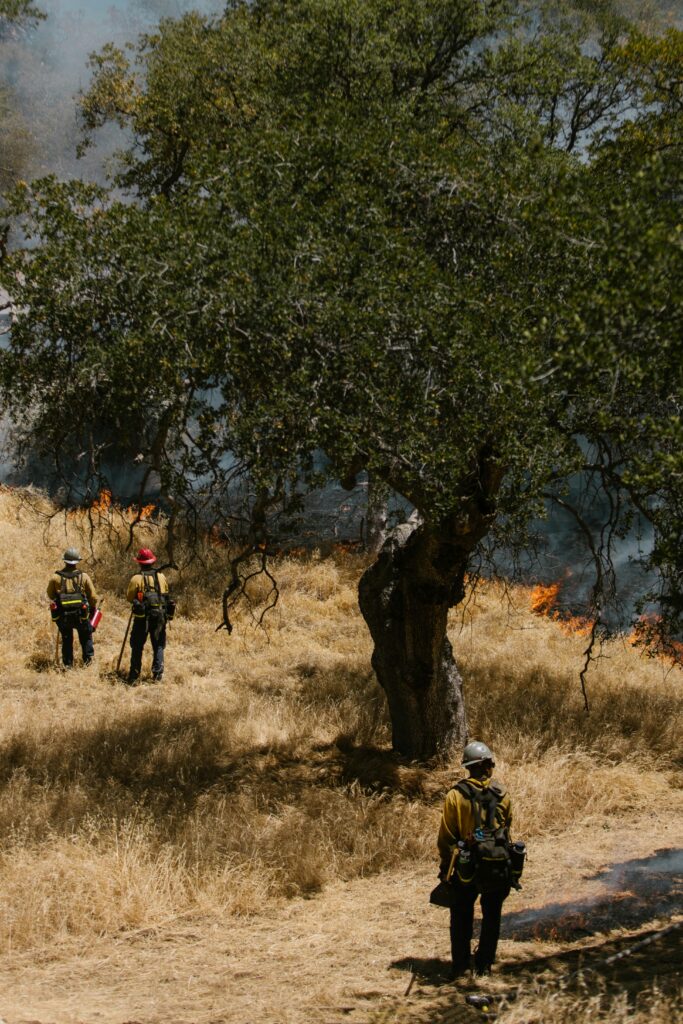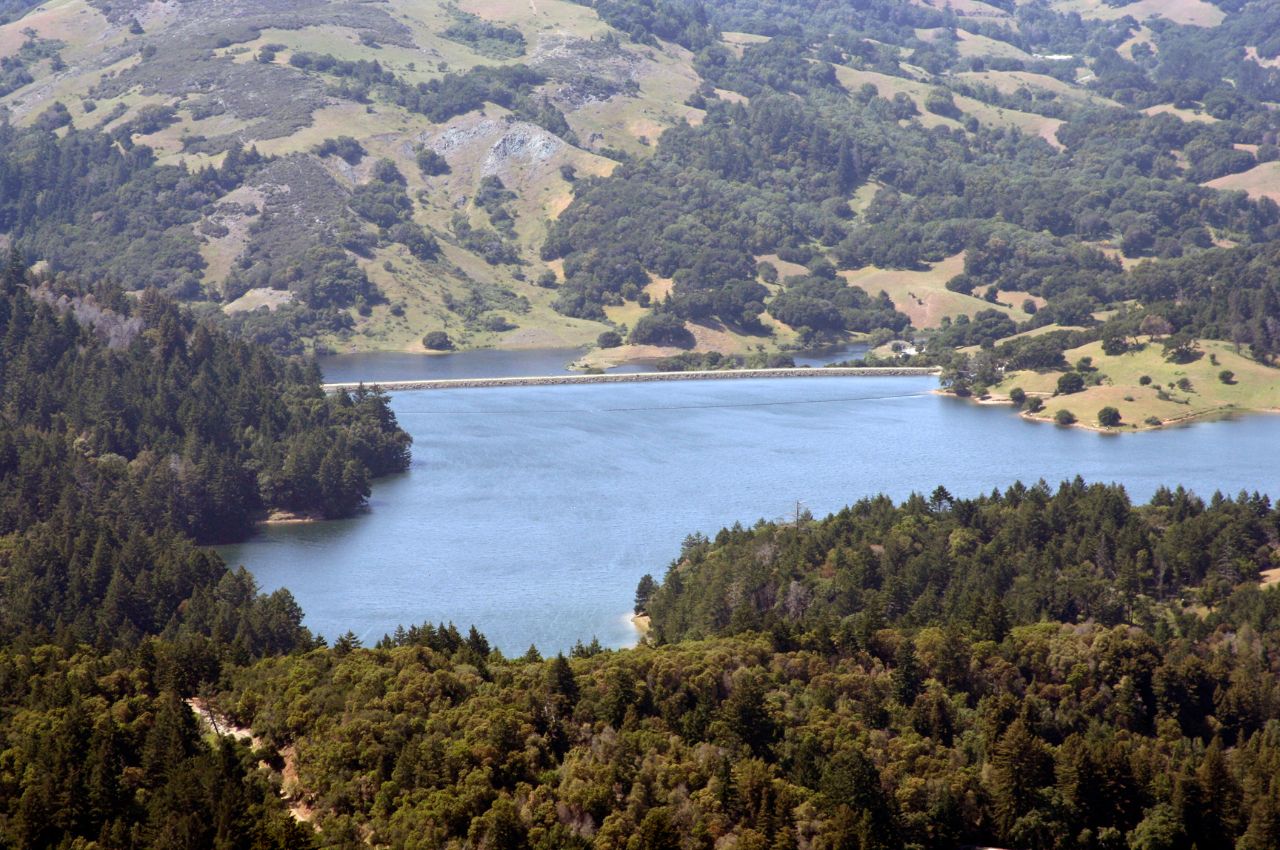The Antelope Valley area’s much-anticipated high desert water bank has reached a significant milestone with the completion of its first phase. This groundwater storage project is designed to enhance the region’s water supply, addressing Southern California’s growing water needs amidst a changing climate.
On Monday, October 23, officials proudly unveiled the results of three years of intensive construction. The completion of this initial phase marks a critical step in a project that promises substantial benefits for the local community and the broader Southern California region. The project’s success is expected to have a far-reaching positive impact, as evidenced by the considerable turnout and media coverage of the event.
A Solution for Southern California’s Water Supply
The High Desert Water Bank is designed to store water from the State Water Project in the Antelope Valley groundwater basin. This initiative is part of a broader effort by the Metropolitan Water District of Southern California to enhance water storage capabilities. The project’s potential effects are anticipated to be significant, providing a valuable resource for the region.
The State Water Project, which serves multiple functions for water storage and delivery, extends over 705 miles and supports 27 million Californians. It encompasses 750,000 acres of farmland and business areas throughout California. Adán Ortega Jr., board chair of the Metropolitan Water District, highlighted the project’s importance at the unveiling event. “This investment makes all our communities better prepared for the weather extremes that we increasingly confront,” Ortega noted. “Climate change will bring more dramatic swings between wet and dry periods, so we must take every opportunity to store water when it is available. The good news is, we completed this work in time to capitalize on this historically wet year.”

Looking Ahead: Future Prospects and Project Impact
The High Desert Water Bank’s capacity is comparable to that of Castaic Lake and nearly as large as Lake Perris, four times bigger than Big Bear Lake, totaling 280,000 acre-feet. Once fully operational, the facility will allow Metropolitan to store 70,000 acre-feet of water annually, sufficient to supply approximately 210,000 homes in Southern California each year.
The process involves directing water from the East Branch of the State Water Project’s California Aqueduct into recharge basins. The water percolates into the underlying aquifer and can be pumped out through newly created wells when needed. This stored water is then transported to communities throughout Southern California via the California Aqueduct.
Matthew Knudson, general manager of the Antelope Valley-East Kern Water Agency, emphasized the project’s significance for local communities. “This water will be available during extreme droughts or emergencies when other sources of water through the State Water Project are limited,” Knudson stated.
Adel Hagekhalil, general manager of Metropolitan, explained that the project also aims to reduce reliance on the Colorado River, which is currently facing a “structural imbalance” and necessitates significant reductions in usage. Hagekhalil stressed the need for increased water conservation efforts and highlighted Metropolitan’s investments aimed at adapting to future water supply stresses.
The Climate Adaptation Master Plan for Water, a strategic framework developed in response to climate variability, aims to identify further investments needed to secure a stable water supply. The collaboration between Metropolitan and Antelope Valley-East Kern, initiated in 2019, is expected to culminate in the project’s completion by 2027.
The High Desert Water Bank represents a significant step forward in addressing the region’s water supply challenges, offering hope for more resilient water management strategies in the face of an unpredictable climate.
The successful completion of Phase 1 of the High Desert Water Bank not only signifies a major achievement but also sets a precedent for future water storage projects. As Southern California faces increasing water demands and climate uncertainties, this project highlights the critical role of innovative solutions in managing and securing water resources. Continued investment and collaboration will be essential to address future challenges and ensure a sustainable water supply for the region.







